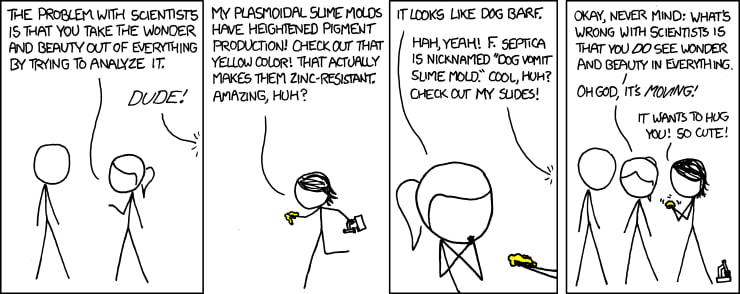We’re fast approaching the holidays, and everyone’s academic brain is slowing down as we look forward to evenings with loved ones, good food, and seasonal traditions. As we put down our research, articles, laptops, and let the stress melt away, it can be a good time to remember why we do what we do, why we love it, and what inspires us. And to keep us on theme with biodiversity, conservation and climate change, I just want to emphasise the acute need for competent science communication in this era of growing misinformation, to teach and remind us why conservation is important, and how to effectively mitigate the effects of climate change.
But on the whole, I want to write a blog post that’s a bit of a love letter to science communication, especially the sort targeted towards kids and teens. One of the most memorable Christmas gifts I ever got was “How to Avoid a Wombat’s Bum” (2006) by Mitchell Symons. I was probably 7 or 8, and it’s a silly little fact book full of fun trivia about earth, nature, science, pop culture, and more, and I was hooked. It’s silly and a little bit gross (the kind of gross that’s acutely appealing to 9-year-olds…), and perfect for an under 10 who loves to read and loves to learn.

Some of Mitchell Symons’ children’s trivia
I’m also incredibly lucky to have been exposed to doing “Real Grown-Up Science” from a young age, through trips to museums and aquariums, with talented science communicators and guides, as well as exposure to science fairs and science summer schools. Letting kids get their hands on a microscope and go and root around in the dirt is an incredibly important tool for getting kids engaged and interested in science.
Now, some additional context about me; I was born in 1999, I’m part of Gen Z, and I grew up on the internet. A few years after getting my hands on every Symons’ fact-book I could find, my early internet career is blooming, and I’m discovering webcomics. Enter Randall Munroe’s XKCD – a simple stick-figure webcomic self-described as “a webcomic of romance, sarcasm, math, and language”. A common joke is that if you’re looking to illustrate a simple scientific concept, then “there’s an XKCD comic for that!”. In 2014 my brother actually gave me Munroe’s “What If?: Serious Scientific Answers to Absurd Hypothetical Questions”, a grown-up spiritual successor to Symons’ children’s trivia for a teenage me.

XKCD comic number 1605 https://xkcd.com/1605/
Another part of growing up with the internet at your fingertips is access to YouTube, and where would I be today without the Green Brothers, John and Hank, and their educational YouTube channel Crash Course? And I know there are countless other people in my demographic who owe their successful high school careers to the Green Brothers.
In the above video, Hank Green teaches fundamentals about DNA with charm, wit, and an analogy to hot pockets. If he hadn’t made this video, and I hadn’t watched it, would I have enjoyed high school biology as much? Would I have pursued a Bachelor’s Degree in biology? Would I be at the Oslo Natural History Museum, working in evolutionary biology today? Maybe…maybe not, but access to good, entertaining, clear science communication from a young age has shaped my academic life, my career choices, and who I am. I’m grateful to my family for exposing me to wonderful scientific storytellers, and I’m grateful to the writers for telling these important stories with style and humour that got 8-year-old me hooked, and keeps 24-year-old me coming back for more.
As recently as one week ago, I was writing an essay to the tune of science YouTube channel Kurzgesagt’s “4.5 billion Years in 1 Hour” video, a stunningly animated ode to geological history, set to funky music, with gorgeous colours, and delightful interludes to teach the listener a few facts about that period of geological and evolutionary history. I keep on owing science communicators for keeping me inspired, interested and optimistic about the future and what I do.

Still from Kurzgesagt’s 4,5 billion Years in 1 Hour video
So what’s the future of science communication? Short form science communication is on the rise, with the advent of TikTok and Instagram Reels, and I think it’s increasingly important to make sure that we’re able to create content for youths that continues to be inspiring and engaging, while still making sure that kids continue to be exposed to longer form pop-sci in books, films, and real-life experiences.
So go and engage in some light hearted pop science this holiday, get a young family member a silly trivia book, read something interesting that inspires you, watch an Attenborough documentary to remind you why life is beautiful and worth protecting, watch a short YouTube video about ant wars, because why not?
![]()
